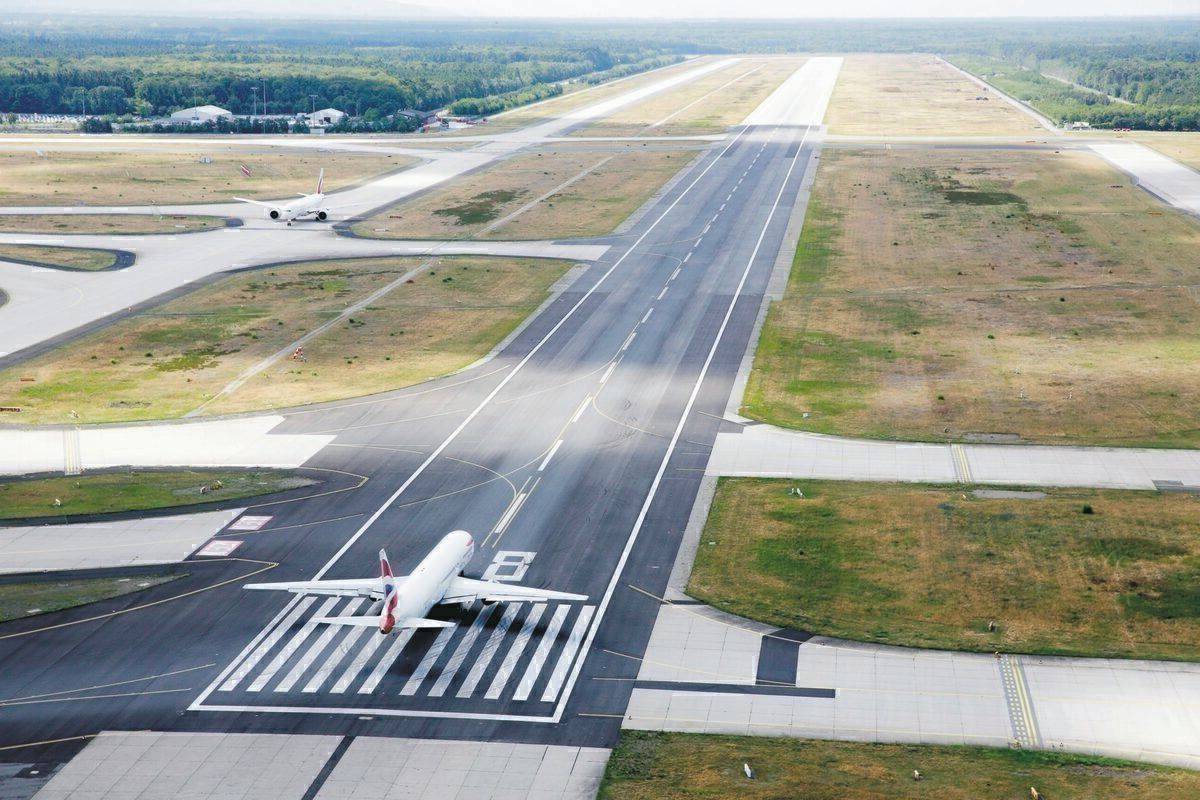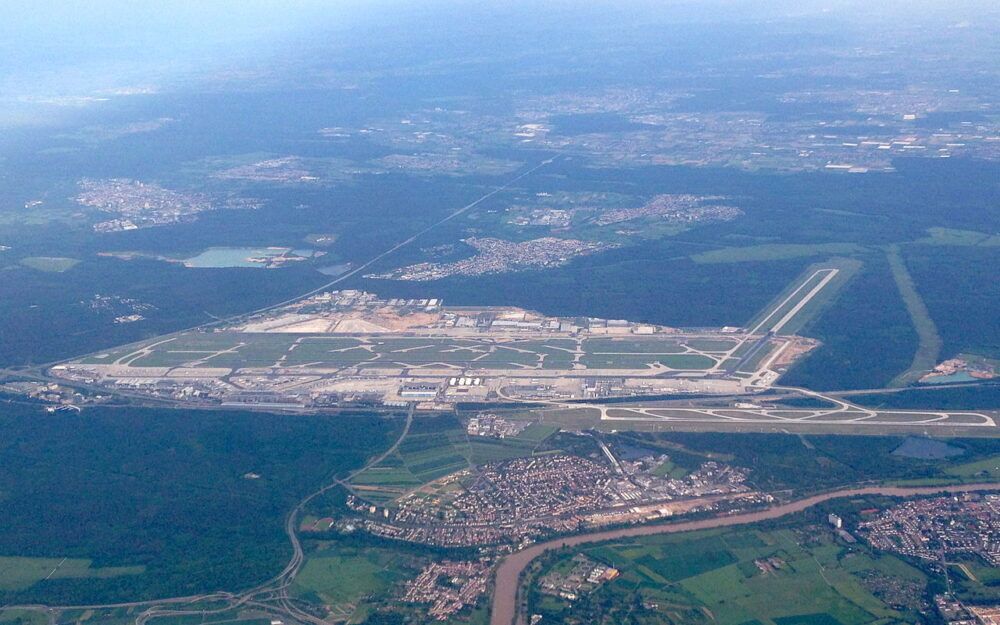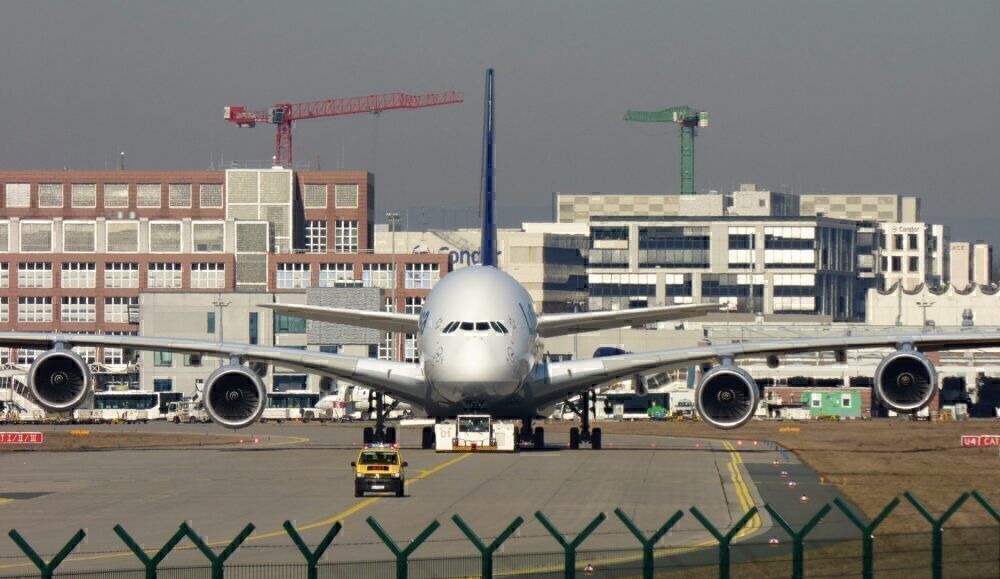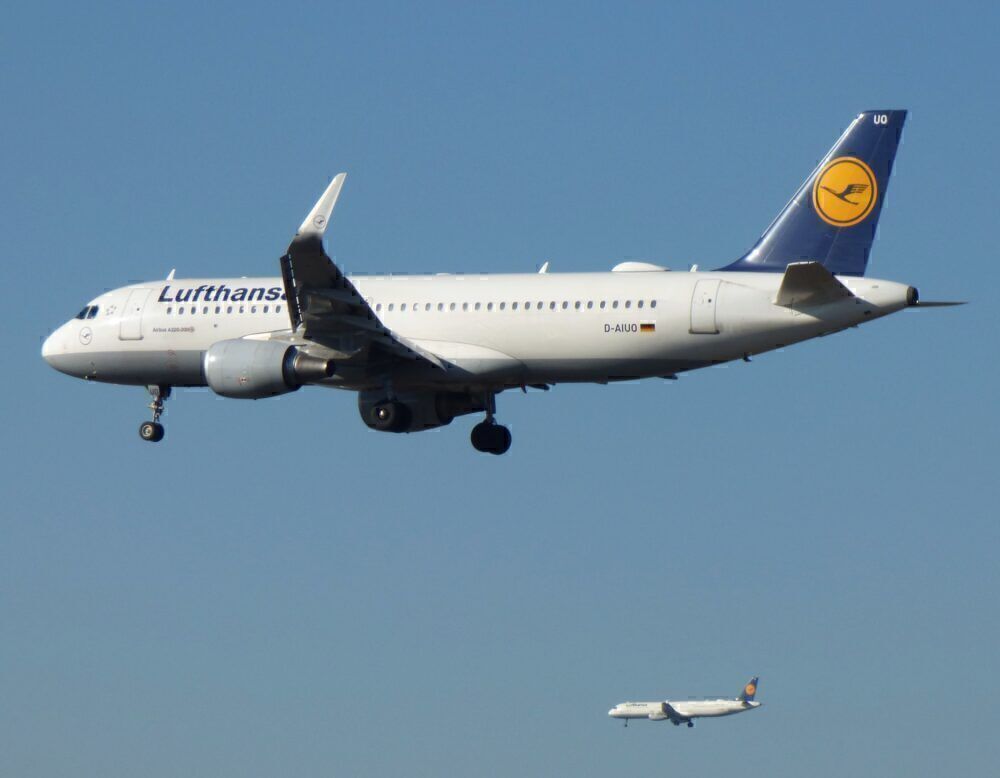Before the coronavirus crisis caused passenger numbers to drop sharply, Frankfurt International (FRA) was among the world's busiest airports. In 2019, it ranked 15th globally, fourth in Europe, and first in Germany, and accommodated more than 70 million passengers. A good number of these will have departed from its western runway, which is designated with the heading 18. But why is this 4,000-meter long concrete strip only used for southerly departures?
Frankfurt before runway 18
Runway 18 was the third of Frankfurt's four runways to be constructed. The first of these, designated as 07C/25C, predates the Second World War, having opened in 1936. It was followed just 13 years later, in 1949, by a parallel runway designated as 07R/25L. Both of these runways measure 4,000 meters long, and are paved with asphalt.
As far as width is concerned, 07C/25C has the edge. At 60 meters wide, it outranks the 45-meter wide 07R/25L by 15 meters. Today, the former of these serves primarily as a runway for departures, although landings are permitted. Meanwhile, the latter is equally capable of handling both takeoffs and landings.
Growth necessitates a third runway
By the early-1960s, the airport's growth caused its operators to consider constructing a third runway. However, there was limited space to expand the airport without infringing on the forest surrounding the facility.
Stay informed: Sign up for our daily aviation news digest.
The airport eventually elected to build the new runway at the west of the airport, pointing directly southwards into the forest. It applied for permission to do so in December 1965. However, as is evident in the image above, the project required extensive deforestation to make way for the new runway.
This saw it experience significant opposition from the German environmental movement. Protests against the new runway continued throughout the controversial new runway's construction, peaking in nearby Wiesbaden in November 1981 when over 120,000 people attended a demonstration.
Despite the considerable opposition, runway 18 was finally handed over to traffic on April 12th, 1984. Even with the new runway having been opened, protests continued. Just two days later, 15,000 people attended a demonstration against it in the nearby forest.
Only used for southerly departures
Like the two runways at Frankfurt that predate it, runway 18 is 4,000 meters long. At 45 meters wide, it also shares this dimension with runway 07R/25L. However, in contrast, it is paved with concrete, rather than asphalt. Concrete was also the surface of choice for Frankfurt's fourth runway, the 2,800-meter long 07L/25R, which opened in 2011 for extra landing capacity.
Theoretically, the runway's full designation should be 18/36, to reflect the two directions in which it points. However, it is only ever used for departures in the southerly direction. As such, it tends to go by the shorthand designation of just 18.
The reasons why
A reason for this is the fact that aircraft generally take off into the wind. However, conditions in Frankfurt mean that the prevailing wind at the airport almost always comes from a southerly direction. As such, it would rarely make sense to depart to the north from this runway. Arrivals on runway 36 would also rarely make sense as far as wind conditions are concerned.
Furthermore, according to Aviation Stack Exchange, northerly departures would potentially require a steep climb due to buildings at the far end. This is also an aspect to consider for runway 36 arrivals, as it may limit aircraft's ability to go around.
Additionally, one must consider the extra noise that residents of nearby Kelsterbach would be subjected to with departing aircraft flying over at low altitudes. There may also be conflicting traffic on runway 07L/25R.
FRA would also have to make these considerations if it wanted to facilitate arrivals onto runway 18. Once again, these would pass low over Kelsterbach, and need to be carefully sequenced to not come into conflict with traffic on runway 07L/25R. Furthermore, the presence of buildings at the northern end would also make for a challenging approach.
Have you ever departed from Frankfurt's runway 18? Let us know your thoughts and experiences in the comments!




